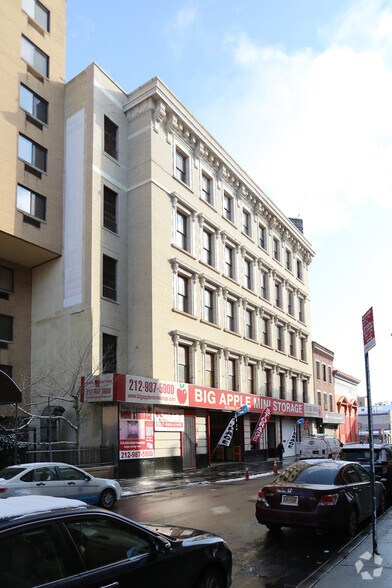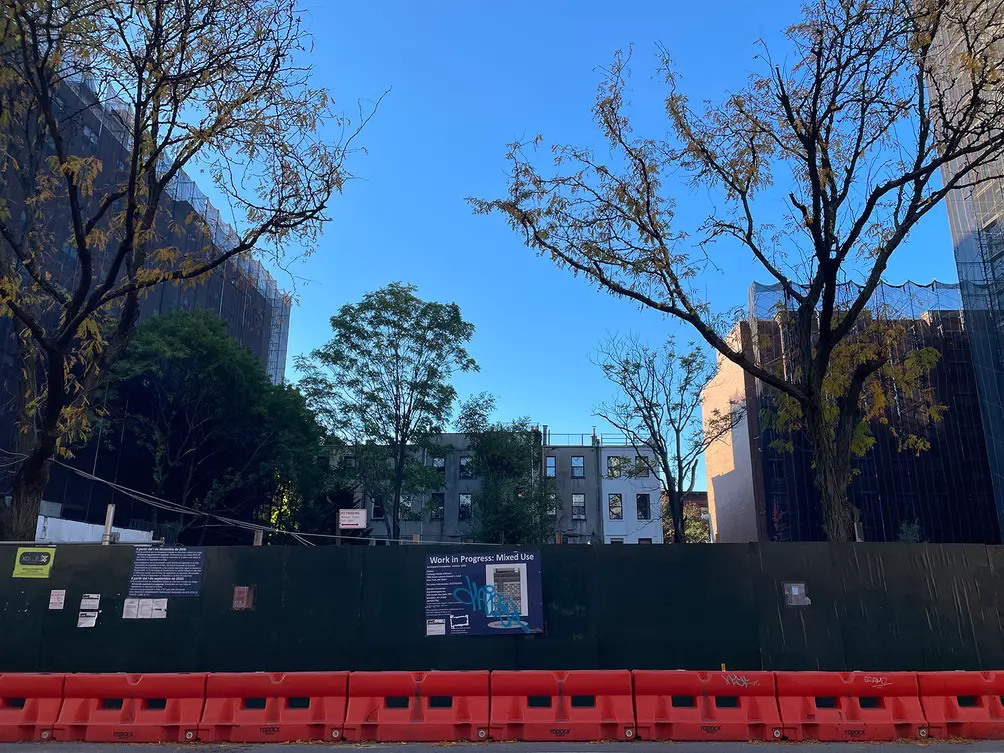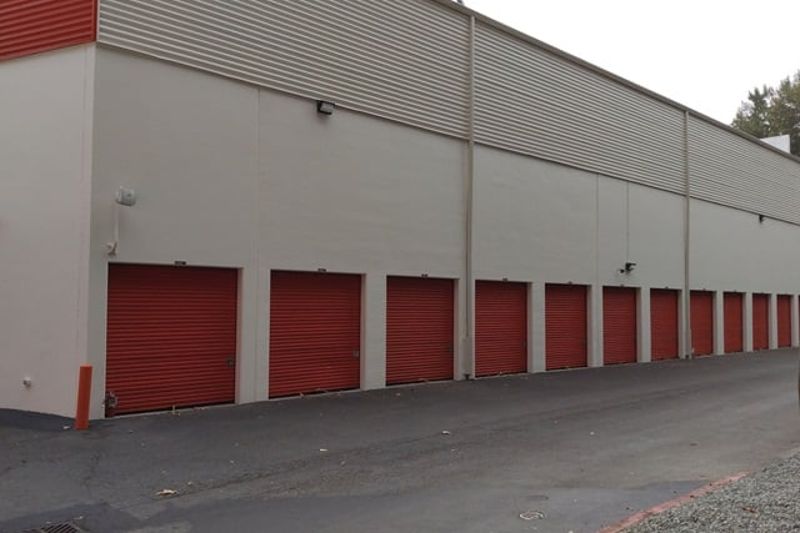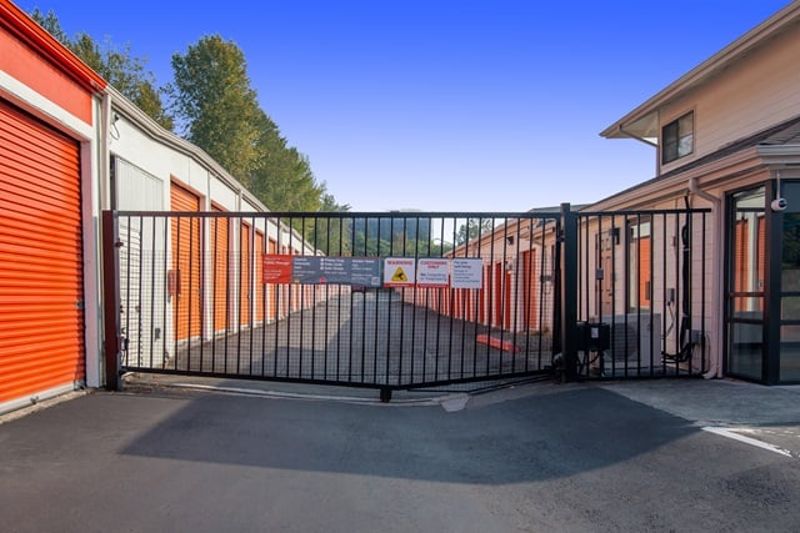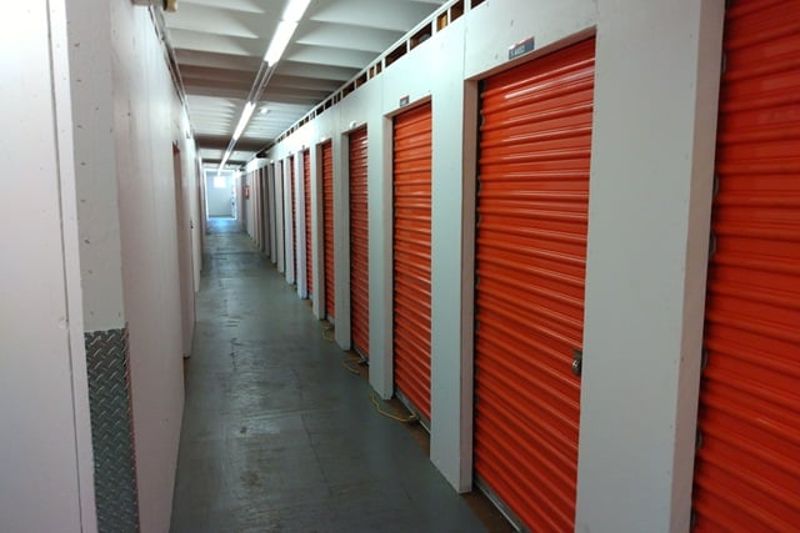Big Apple Storage W 124th Street

A multi-alarm fire ripped through the Big Apple Storage facility on West 124th Street in Harlem early this morning, leaving a trail of destruction and prompting a massive response from the New York City Fire Department (FDNY). The blaze, which erupted around 3:00 AM, sent plumes of smoke billowing across the city skyline, raising concerns about air quality and the potential loss of personal belongings for hundreds of individuals and families.
The incident at Big Apple Storage W 124th Street underscores the inherent risks associated with self-storage facilities, highlighting the vulnerability of stored items to unforeseen events like fires, and prompting questions about safety regulations and preventative measures within the industry. This article will delve into the details of the fire, its impact on the community, and the broader implications for the self-storage sector.
The Inferno on 124th Street
The FDNY received the initial call at 3:03 AM, reporting heavy smoke emanating from the Big Apple Storage facility located at [Insert Actual Address Here] on West 124th Street. Firefighters arrived within minutes and were met with intense flames that quickly spread throughout the multi-story building.
“The conditions were challenging from the start,” said FDNY Chief of Operations John Doe, during a press briefing held near the scene. “Heavy smoke and high heat made it difficult for our crews to access the source of the fire. We had to use multiple handlines and aerial ladders to attack the flames.”
The fire was eventually brought under control after several hours, with over 200 firefighters on scene. Fortunately, there were no reported injuries to firefighters or civilians. The cause of the fire is currently under investigation by the FDNY Fire Marshal's Office.
The Human Cost
While no lives were lost, the fire at Big Apple Storage has had a devastating impact on the individuals and families who stored their belongings at the facility. For many, these units contained irreplaceable personal items, family heirlooms, and important documents.
One such individual is Maria Rodriguez, a long-time Harlem resident, who stored furniture, photographs, and other keepsakes in a unit at the facility. "Everything I had from my parents, my childhood...it's all gone," she lamented, visibly shaken by the news.
The psychological and emotional toll of losing cherished possessions can be significant. Organizations like the Red Cross and local community centers are offering support services to those affected by the fire, including counseling and assistance with finding temporary housing and replacing essential items.
Safety and Regulations in the Self-Storage Industry
The Big Apple Storage fire raises important questions about safety regulations and preventative measures in the self-storage industry. While many facilities adhere to fire safety codes, the risk of fire remains a concern, particularly in older buildings or those with inadequate sprinkler systems.
According to the Self Storage Association (SSA), a trade organization representing self-storage owners and operators, most modern facilities are equipped with fire suppression systems and security measures to prevent fires. However, the SSA also emphasizes the importance of tenant awareness and responsible storage practices.
The SSA recommends that tenants avoid storing flammable materials, hazardous chemicals, and perishable items in their units. They also advise tenants to regularly inspect their units for signs of leaks or damage that could create a fire hazard.
Moving Forward
The investigation into the cause of the Big Apple Storage fire is ongoing. Once the investigation is complete, the FDNY will release a report outlining the findings and recommendations for preventing similar incidents in the future.
In the meantime, the community is rallying around those affected by the fire, offering support and assistance in their time of need. Local businesses and organizations are collecting donations to help those who lost their belongings.
The Big Apple Storage fire serves as a stark reminder of the importance of fire safety and the potential consequences of inadequate preventative measures. It also highlights the resilience and compassion of the Harlem community, which is coming together to support those who have been impacted by this tragedy. The long-term implications for Big Apple Storage, and the storage industry as a whole, remain to be seen, but increased scrutiny of safety protocols is likely.



